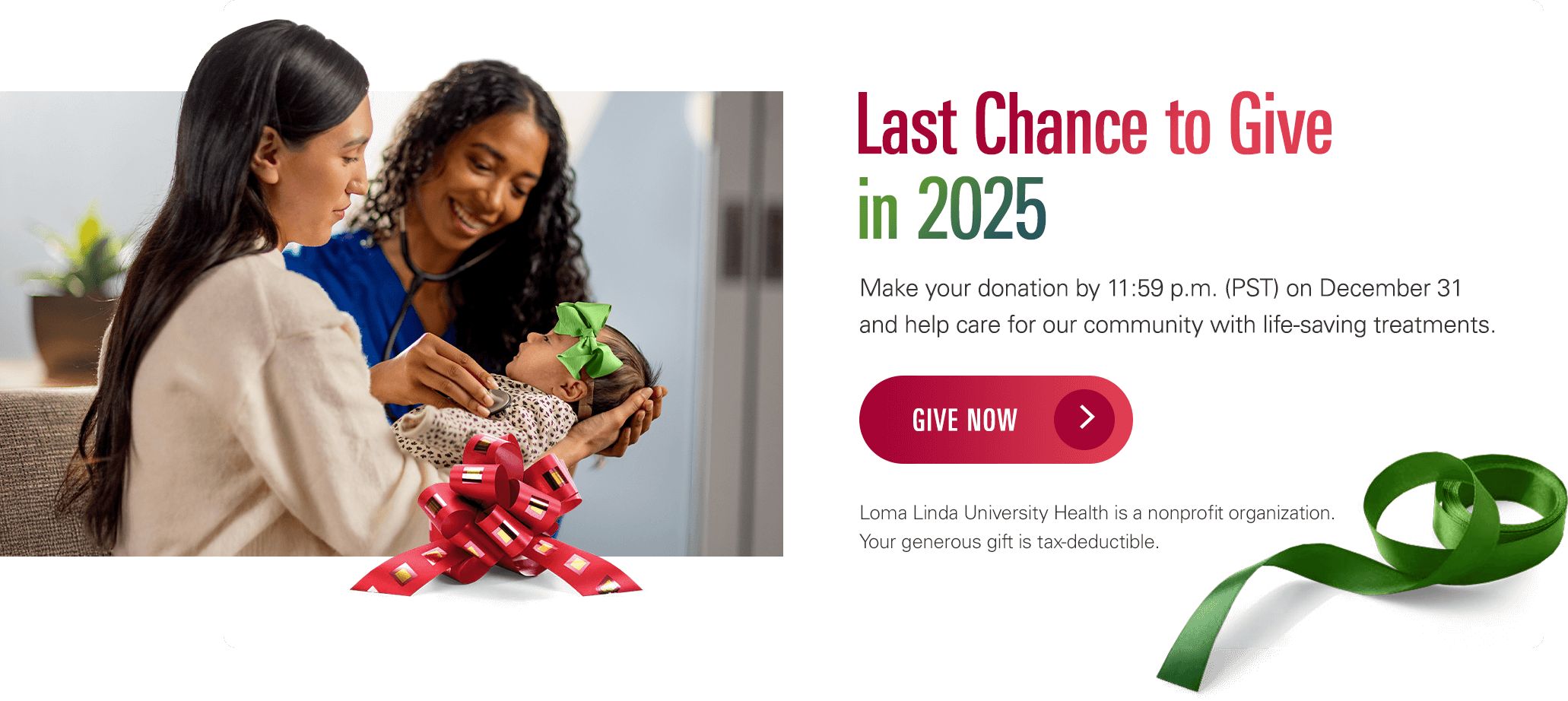Tuberculosis (TB) in Children
What is tuberculosis in children?
Tuberculosis (TB) is an ongoing (chronic) infection caused by bacteria. It usually infects the lungs. But other organs such as the kidneys, spine, or brain may be affected. TB is most often spread through droplets breathed or coughed into the air. A child can be infected with the TB bacteria and not have active disease.
TB may be staged like this:
- Exposed. This is when a child has been in contact with a person who has TB, but the child still has a negative TB skin or blood test, a normal chest X-ray, and no symptoms.
- Latent TB infection. This is when a child has TB bacteria in their body, but does not have symptoms. The infected child’s immune system controls the infection and causes the TB bacteria to be inactive. For most people who are infected, the TB will be latent for life. This child would have a positive TB skin or blood test but a normal chest X-ray and no TB symptoms. They can't spread the infection to others.
- TB disease. This is when a child has signs and symptoms of an active infection. This child would have a positive or negative TB skin or blood test, and testing showing active TB disease in the lungs or another site in the body. They can spread the disease if the infection is in the lungs and is untreated.
What causes TB in a child?
TB is caused by bacteria. It’s most often caused by Mycobacterium tuberculosis (M. tuberculosis). Many children infected with M. tuberculosis never develop active TB and remain in the latent TB stage.
TB bacteria is spread through the air when an infected person coughs, sneezes, speaks, sings, or laughs. A child usually does not become infected unless they have repeated contact with the bacteria. TB is not spread through personal items, such as clothing, bedding, cups, eating utensils, a toilet, or other items that a person with TB has touched.
Which children are at risk for TB?
Any child can develop TB after being exposed. A child is more at risk for TB if they:
- Live with someone who has TB
- Are homeless
- Come from a country where TB is common
- Have a weak immune system, including from diabetes, HIV, or taking medicines that can weaken the immune system
Very young children are more likely than older children to have TB spread through their bloodstream and cause complications, such as meningitis.
What are the symptoms of TB in a child?
Symptoms can vary with each child. Symptoms depend on the child's age. The most common symptoms of active TB in younger children include:
- Fever
- Weight loss
- Poor growth
- Cough
- Swollen glands (some may begin to drain fluid through the skin)
- Chills
The most common symptoms of active TB in older children include:
- Cough that lasts longer than 3 weeks
- Pain in the chest
- Blood in sputum
- Weakness
- Tiredness
- Swollen glands (some may begin to drain fluid through the skin)
- Weight loss
- Decrease in appetite
- Fever
- Sweating at night
- Chills
The symptoms of TB can be like other health conditions. Take your child to their healthcare provider for a diagnosis.
How is TB diagnosed in a child?
The healthcare provider will ask about your child’s symptoms and health history. They may also ask about your family’s health history. They will give your child a physical exam.
One way of diagnosing TB is with a TB skin or blood test. In the skin test, a small amount of testing material is injected into the top layer of the skin. If a certain size bump develops within 2 or 3 days, the test may be positive for TB infection. For the TB blood test, a small amount of blood is taken from the child’s arm or hand. It takes a few days for the results to come back.
Your child may also need a chest X-ray, sputum testing, or a biopsy of abnormal glands or other body tissue.
A TB skin or blood test is advised for a child who:
- May have been exposed to TB in the last 5 years
- Has an X-ray that looks like TB
- Has any symptoms of TB
- Comes from a country where TB is common
Yearly TB skin or blood testing should be done on children who:
- Have HIV
- Are in a detention facility
A child who is exposed to high-risk people should be tested every 2 to 3 years.
How is TB treated in a child?
Treatment may include a short hospital stay to be treated with medicine.
For latent TB, several medicine options are available. Children over 2 years old can be treated with once-weekly medicine for 12 weeks or several months of daily medicine.
For active TB, a child will be given 2 to 4 medicines for 6 months or more.
With active TB, children usually start to get better within a few weeks of starting treatment. After 2 weeks of treatment with medicine, a child is usually not contagious. Treatment must be fully finished as prescribed. It's important to have your child take all of the medicines for the entire time period.
Talk with your child’s healthcare provider about the risks, benefits, and possible side effects of all medicines.
How can I help prevent TB in my child?
TB can be prevented by lowering your child’s risk of exposure to others with the infection.
Active TB can be prevented by having latent TB diagnosed and treated.
When should I call my child’s healthcare provider?
Call the healthcare provider if your child has:
- Symptoms that don’t get better, or get worse
- New symptoms
Key points about TB in children
- Tuberculosis (TB) is an ongoing (chronic) infection caused by bacteria. It usually infects the lungs. But other organs such as the kidneys, spine, or brain may be affected.
- A child can be infected with TB bacteria and not have active disease.
- The most common symptoms of active TB include fever, cough, weight loss, and chills.
- TB is diagnosed with a TB skin or blood test, chest X-ray, sputum tests, and possibly other testing or biopsies.
- TB treatment requires medicines for a few months. The amount of time and the number of medicines needed varies depending on the stage of TB and other factors. Treatment for active TB may include a short-term hospital stay to be treated with medicine.
Next steps
Tips to help you get the most from a visit to your child’s healthcare provider:
- Know the reason for the visit and what you want to happen.
- Before your visit, write down questions you want answered.
- At the visit, write down the name of a new diagnosis, and any new medicines, treatments, or tests. Also write down any new instructions your provider gives you for your child.
- Know why a new medicine or treatment is prescribed and how it will help your child. Also know what the side effects are.
- Ask if your child’s condition can be treated in other ways.
- Know why a test or procedure is recommended and what the results could mean.
- Know what to expect if your child does not take the medicine or have the test or procedure.
- If your child has a follow-up appointment, write down the date, time, and purpose for that visit.
- Know how you can contact your child’s provider after office hours, and on weekends and holidays. This is important if your child becomes ill and you have questions or need advice.









